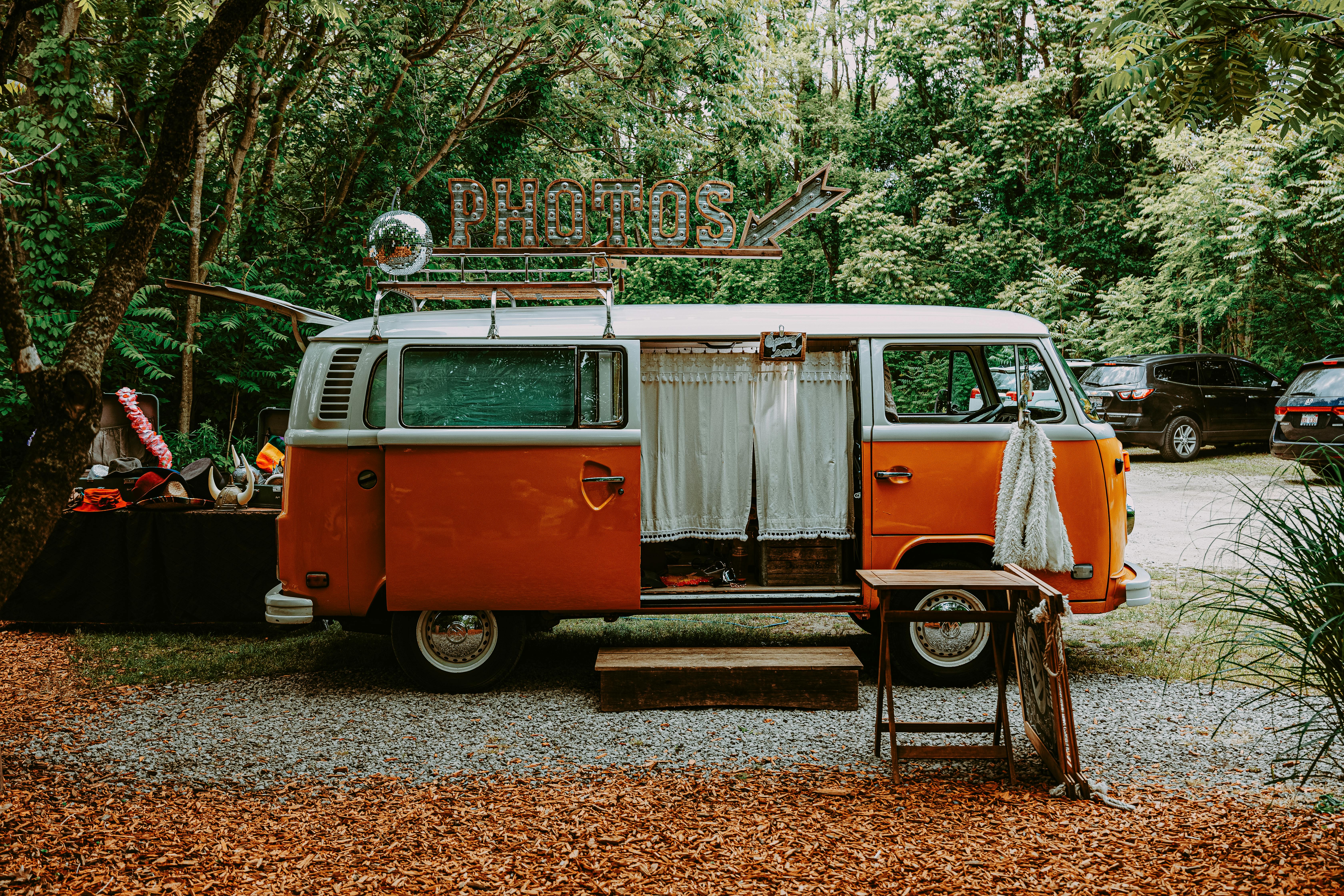Beyond the Blurry Snapshot: How to Take Photos That Book Your Short-Term Rental

Your property’s online presence is paramount in the competitive short-term rental market. High-quality photography is no longer a luxury; it’s a critical component for attracting guests and securing bookings. This guide will equip you with the essential strategies to transform your property’s visual appeal.
1. Declutter and Depersonalize: Creating an Inviting Canvas
Before you even think about your camera, the most crucial step is to prepare your space. Imagine you’re hosting a VIP tour; every item should contribute to the guest experience.
- Remove Personal Items: Pack away family portraits, stacks of mail, excessive personal mementos, and even toiletries in the bathroom. The goal is for guests to envision themselves living in the space, not feeling like they’re intruding.
- Tidy and Organize: Ensure every surface is spotless. Fluff cushions, straighten rugs, and meticulously make beds with crisp, inviting linens. A tidy space signals care and attention to detail.
- Conceal Unsightly Elements: Cords, cleaning supplies, and trash receptacles should be discreetly stored. These small details can detract from the overall aesthetic.
Why this matters: A clean, uncluttered environment allows potential guests to easily visualize their stay and feel a sense of comfort and relaxation.
2. Harness the Power of Natural Light: Embrace Daylight Brilliance
Natural light is your most powerful ally in creating warm, spacious, and inviting interior photographs. It significantly enhances the perceived size and atmosphere of your rental.
- Optimal Shooting Times: Aim for the late morning to early afternoon, when the sun is at its highest and provides the brightest, most consistent illumination.
- Maximize Window Exposure: Open all curtains, blinds, and shutters to allow maximum natural light to penetrate every room.
- Minimize Artificial Lighting: Unless you’re intentionally capturing evening ambiance, turn off artificial lights. They can cast unnatural yellow or blue tones and create distracting shadows.
- Consider Overcast Days: Surprisingly, slightly overcast days can offer beautiful, diffused light that minimizes harsh shadows and provides a soft, even glow.
Pro Tip: Strategically place large mirrors to reflect and amplify natural light, especially in darker areas of your property.
3. Master Angles and Composition: Telling Your Property’s Story
The way you frame your shots dictates how guests perceive the layout and flow of your property. Think of each photograph as a chapter in your rental’s story.
- Shoot at Eye Level: This natural perspective makes the space feel relatable and authentic to the viewer.
- Capture Wide-Angle Views: Showcase the entirety of each room to convey a sense of spaciousness and demonstrate how different areas connect.
- Employ the Rule of Thirds: Imagine your frame divided into a 3×3 grid. Placing key elements along these lines or at their intersections creates visually appealing and balanced compositions.
- Illustrate Room Flow: Take photos that clearly show the transitions between rooms, giving potential guests a clear understanding of the property’s layout and functionality.
- Highlight Inviting Details: Capture close-up shots of appealing features like a cozy fireplace, unique artwork, a well-appointed kitchen appliance, or comfortable seating arrangements.
Avoid: Shooting from extreme low or high angles, which can distort proportions. Also, refrain from tilting the camera, as this creates an unnatural “falling” effect.
4. Showcase Your Property’s Unique Selling Propositions (USPs)
What makes your short-term rental stand out from the crowd? Your photographs should prominently feature these desirable attributes.
- Living Areas: Emphasize comfortable seating, entertainment options, and the overall inviting atmosphere.
- Kitchens: If your kitchen is modern and well-equipped, highlight its appliances, countertops, and any special features that cater to home cooks.
- Bedrooms: These are critical for guest comfort. Showcase plush beds, ample storage, and a serene ambiance conducive to rest.
- Bathrooms: Focus on cleanliness, modern fixtures, and any spa-like amenities that enhance the guest experience.
- Outdoor Spaces: If you offer a patio, balcony, garden, or pool, these are significant draws and should be prominently featured.
- Distinctive Amenities: Don’t forget to photograph unique features such as smart home technology, a dedicated workspace, a fireplace, or breathtaking views.
5. The Art of Staging: Creating an Irresistible Atmosphere
Thoughtful staging can elevate even the most beautiful space, making it feel more lived-in and aspirational.
- Impeccably Made Beds: This is non-negotiable. Crisp linens, plump pillows, and a neatly arranged duvet create an immediate sense of comfort.
- Strategic Pops of Color: A bowl of fresh fruit in the kitchen, a vase of vibrant flowers, or colorful throw pillows can inject life and personality into a room.. Find out more about learn about How do I take great photos of my short-term rental property? insights.
- Inviting Dining Settings: If your property includes a dining area, a beautifully set table can evoke a sense of occasion and highlight the space’s potential for shared meals.
- Frame Attractive Views: Ensure that any desirable external views are visible by opening blinds and curtains.
6. Essential Camera Gear and Settings: Accessible Tools for Great Shots
You don’t need to invest in professional equipment to capture excellent property photos. Many modern tools are readily available.
- Your Smartphone: Today’s smartphones are equipped with high-quality cameras. Familiarize yourself with their features and settings.
- Tripod: A tripod is invaluable for achieving sharp, steady shots, particularly in lower light conditions, and for maintaining consistent angles.
- Wide-Angle Lens (Optional): For smartphones, a clip-on wide-angle lens can significantly enhance your ability to capture more of the room’s expanse.
- Basic Editing Tools: Most smartphones and computers offer built-in editing software. Utilize these to adjust brightness, contrast, and color saturation.
